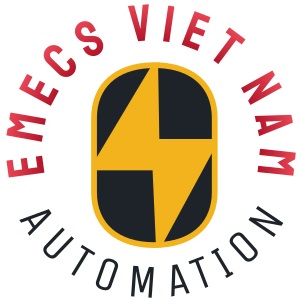Mô đun Honeywell TC-RPCXX1 Power Supply Redundant PLC DCS Transmitter Transducer
Honeywell TC-RPCXX1 Power Supply Redundant PLC DCS Transmitter Transducer
QUICK DETAILS
- Brand :Honeywell
- Model : TC-RPCXX1
- Place of Origin : USA
DESCRIPTION
- Digitial Input Module
Manufactured by HONEYWELL
HONEYWELL
TC-RPCXX1
TC-RPCXX1
Digitial Input Module
AVAILABLE
REBUILT SURPLUS
NEW SURPLUS
REPAIR YOURS
24-48 HOUR RUSH REPAIR
2 – 15 DAY REPAIR
2 YEAR RADWELL WARRANTY
OTHER SUPERIOR PRODUCTS
| Yasakawa Motor, Driver SG- | Mitsubishi Motor HC-,HA- |
| Westinghouse Modules 1C-,5X- | Emerson VE-,KJ- |
| Honeywell TC-,TK- | GE Modules IC – |
| Fanuc motor A0- | Yokogawa transmitter EJA- |
TC-ODK161
TC-CCR013
TC-PPD011
TC-IAH161
TC-CJRT01
TC-FCCN01
TC-FCCR01
TC-FFC010
TC-FFC025
TC-FFC050
TC-FFC100
TC-FFIF01
TC-FFPCX1
TC-FFRP02
TC-FFRU01
TC-FIAH81
TC-FID161
TC-FIDA81
TC-FIL081
TC-FIR081
TC-FOA041
TC-FOD161
TC-FODA81
TC-FOR081
TC-FPCXX2
TC-FPDXX2
TC-FTB301
TC-FTB3T1
TC-FXX042
TC-FXX072
TC-FXX102
TC-FXX132
TC-FXX172
TC-IAH061
TC-IAH161
TC-IDA161
TC-IDD321
TC-IDJ161
TC-IDK161
TC-IDW161
TC-IDX081
TC-IDX161
TC-IOLI01
TC-IXL061
Network computers are also sometimes known as thin clients or dumb terminals. They provide access to a mainframe via a network and have little, if any, computing capacity of their own. Network computers provide remote access to a mainframe. They allow the user to input data or commands and receive output. The actual processing would be done on the mainframe. Capacity and speed: Network computers do not have any processing capacity of their own. Their speed will depend on i: the speed and capacity of the mainframe; ii: the speed of the network to which they are attached; iii: the number of users accessing the mainframe. Thus in periods of low demand, they will appear to function very quickly but would appear to slow down when the demand on the system is high. Cost: Network computers are relatively simple devices, hence they are fairly cheap. Typical users: These would generally be the end-users of the system such as managers, accountants, receptionists, accounts clerks and data capturers. Personal computers Personal computers or PCs for short are the type of computer that most users are familiar with. Because they are usually found on users desks, they are also sometimes called desktop computers. Operating systems such as Linux and Windows were designed specifically for personal computers. The same applies to the thousands of application packages that are available including OpenOffice.org and Microsoft Office. A typical PC consists of a main unit housing the CPU and disk drives, a VDU (Video Display Unit), a keyboard and a mouse. PCs are self contained computing systems that can be used for thousands of different tasks from creating a simple document to controlling a large industrial machine.
Capacity and speed: Because of the rapid advances in technology, the PC of today is more powerful than many mainframes of a few years ago. There is little sign that the rate of development is slowing down. Typically, a modern PC can store the equivalent of a few million pages of printed text and carry out millions of instructions in a second. What complicates the _ issue of speed in talking about PCs is the use of graphics. Most applications make intensive use of graphics. This demands enormous computing power. Computers, which would otherwise appear to be very fast, can appear to be quite slow because of the demands placed on them by the graphics used in an application. Other components, such as the graphics card, also play a role in the speed of a PC.


